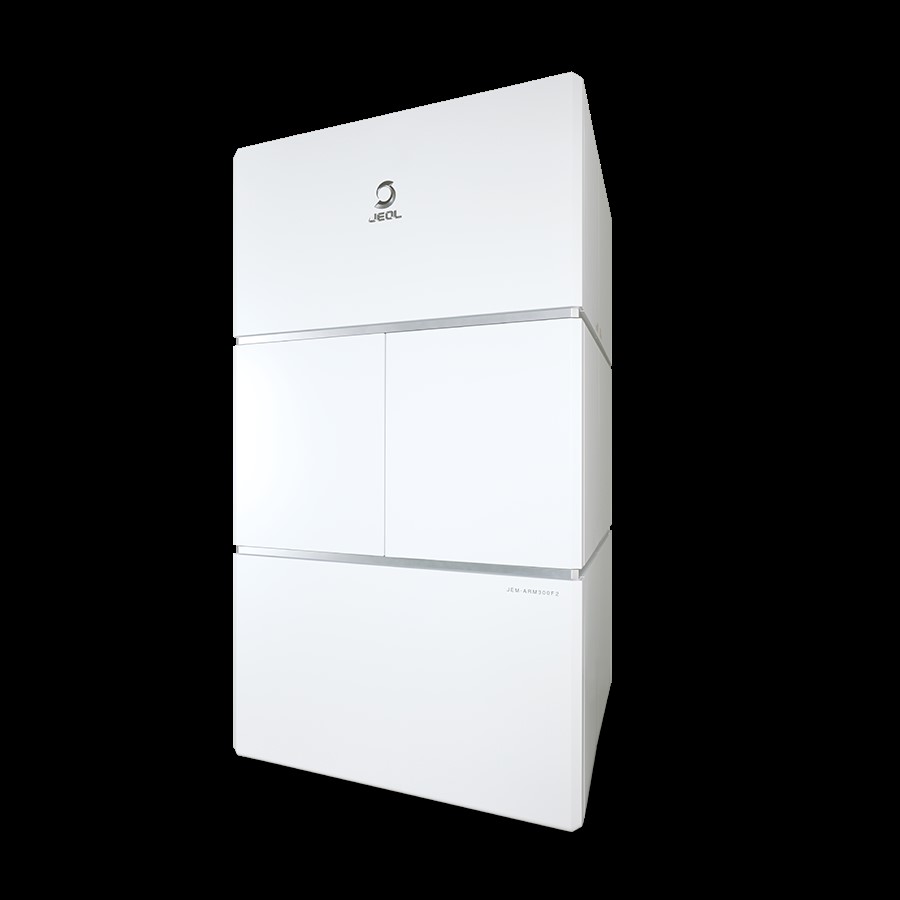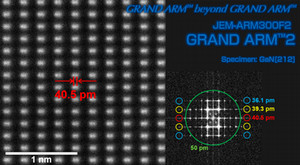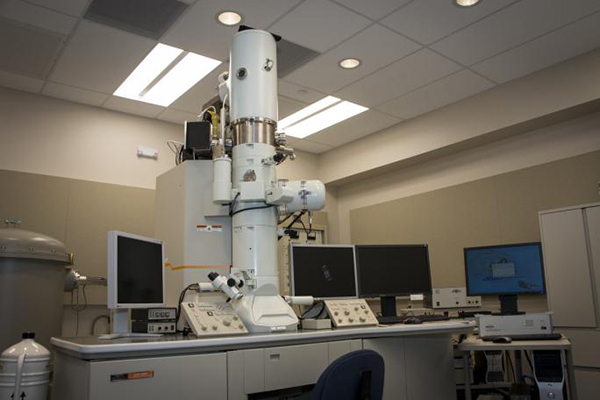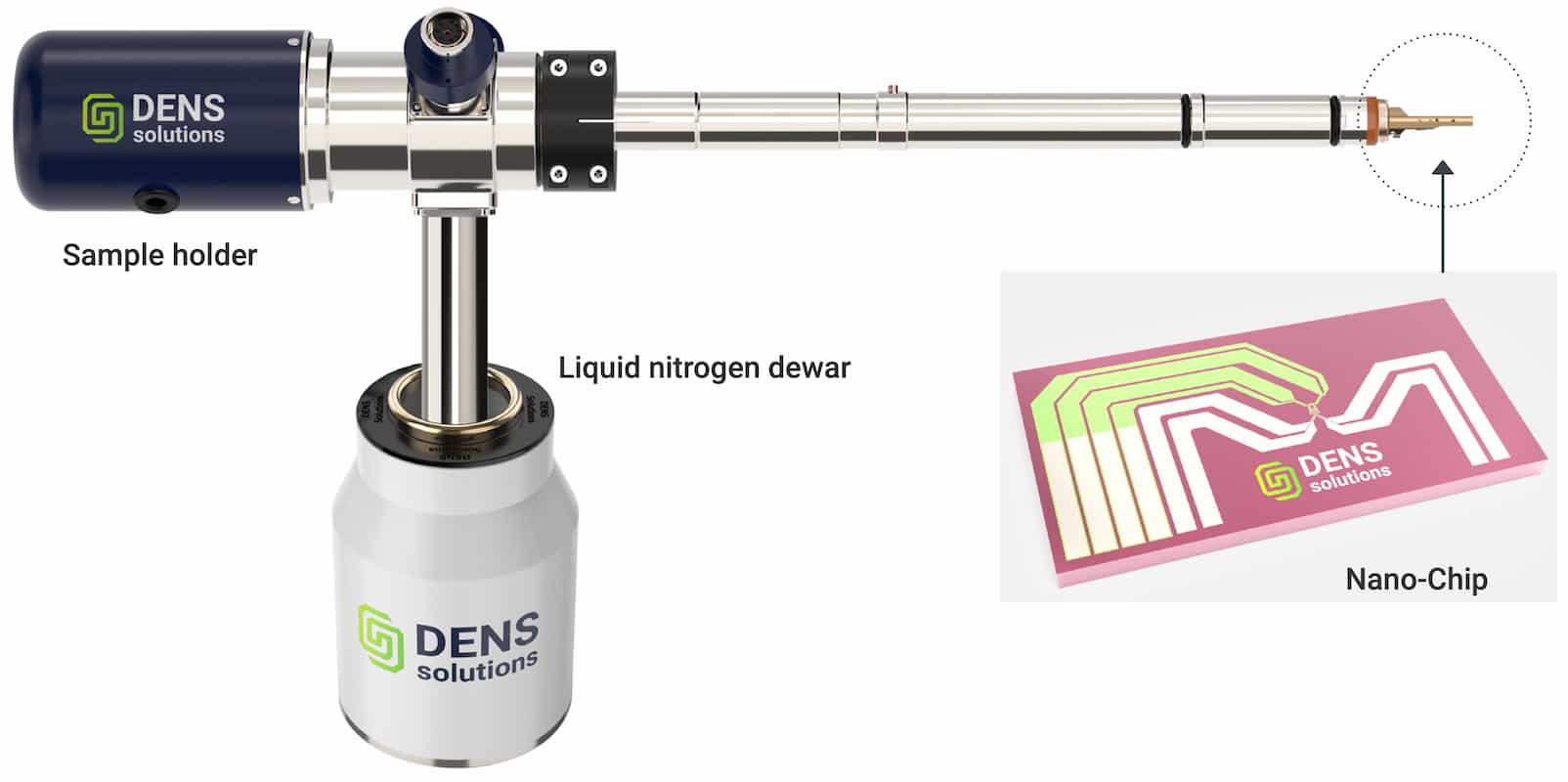Materials Characterization
Transmission Electron Microscopy Equipment
Atomic Resolution Analytical Microscope | JEOL JEM-ARM300F2


State-of-the-art aberration corrected JEM-ARM 300F2 scanning transmission electron microscope (STEM)
Specifications
- Probe aberration corrected STEM with spatial resolution up to 53 pm at 300 kV
- Highly stable cold field emission gun (FEG)
- Operation Voltage: 80, 200, and 300 kV for different materials system
- Bright field (BF), annular bright field (ABF) and high annular dark field (HAADF) detectors
- Optimal bright field (OBF) images enabled by Octa segmented annular all field (SAAF) STEM detector for low dose imaging of beam sensitive materials, and real time visualization of electric and magnetic fields in the sample
- Advanced dose control by the IDES electrostatic dose modulator in both TEM and STEM modes
- Two large area SDD EDS detectors for routine atomic resolution elemental mapping
- Gatan image filter (GIF) Continuum 1065ST with Dual EELS, energy filtered TEM and 4D-STEM on electron direct detector Stela camera
- Clear view camera above GIF
IMSE contact
Dr. Xiaoqing He hxiaoqing@wustl.edu
Scanning Transmission Electron Microscope (STEM) | JEOL JEM-2100F Field-Emission STEM

The JEOL JEM-2100F field-emission scanning transmission electron microscope (STEM)
Specifications
- Resolution: 0.23 nm point-to-point, 0.1 nm lattice; high-resolution pole piece
- High brightness Schottky field emitter
- Bright field (BF), dark field (DF), and high-angle annular dark-field (HAADF) detectors
- Bruker SDD energy dispersive X-ray spectroscopy (EDX) system
- Gatan Tridiem electron energy imaging filter (GIF) system for electron energy loss spectroscopy (EELS)
IMSE contact
Training: Dr. Xiaoqing He hxiaoqing@wustl.edu
Maintenance: Dr. Tyrone Daulton tdaulton@wustl.edu
Accessories

The DENSsolutions Lightning Arctic system has two operation modes: 1. cooling and biasing, and 2. heating and biasing. It widens the application space of the TEM, enabling the study of low-temperature physics linking processing conditions with the structure, properties, and performance of your materials.
IMSE contact
Dr. Xiaoqing He hxiaoqing@wustl.edu